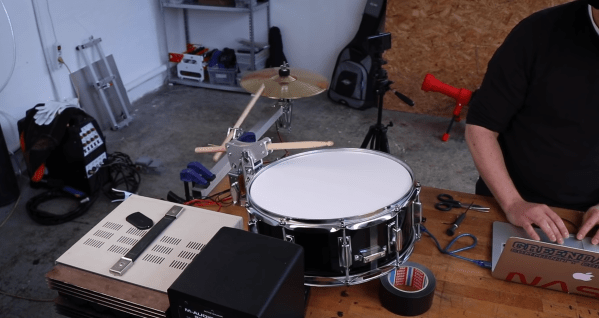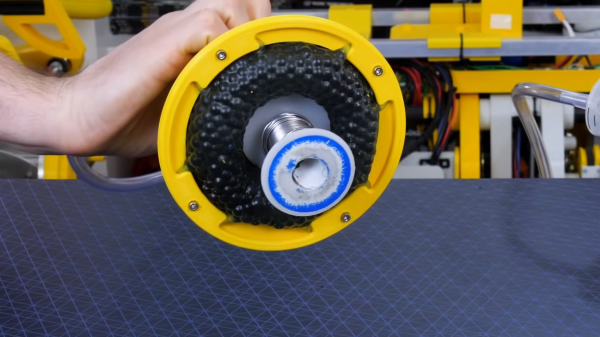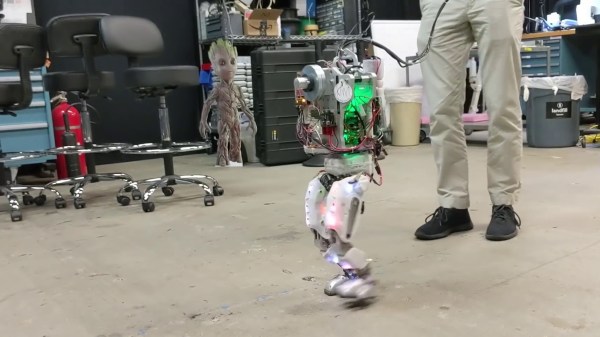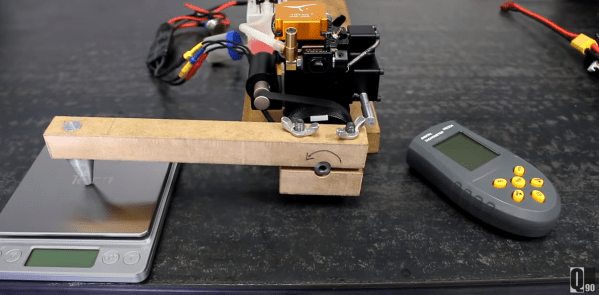Learning to play a musical instrument well requires a significant time investment. [Ivan Miranda] had dreamt of doing this but made peace with the fact that his talents and motivation lay in building machines. However, he has decided to play to his strengths and is building a robotic band. See the videos after the break.
So far he has mechanized a hi-hat, snare drum, and a very basic guitar. The guitar is nothing more than a single string stretched across an aluminum frame, with an electronic pickup. Most of the work has gone into the solenoid-driven picking mechanism. He wanted to avoid picking the string when the solenoid is turned of, so he created a simple little mechanism that only comes in contact with the string when it’s moving in one direction. A bistable solenoid might be a simpler option here.
For the high hat, [Ivan] built a custom stand with two bistable solenoids to lift and drop the top cymbal. A solenoid-driven drumstick was also added. The snare drum uses a similar mechanism, but with a larger solenoid. So far he hasn’t really worked on a control system, focusing mainly on electronics.
[Ivan] points out several times that he has knows very little about making music, but we do enjoy watching him explore and experiment with this new world. Usually, his projects involve a lot more 3D printing, like when he built a giant nerf bazooka or a massive 3D printed tank. Continue reading “Building A Robotic Band To Make Up For Lack Of Practice”


















